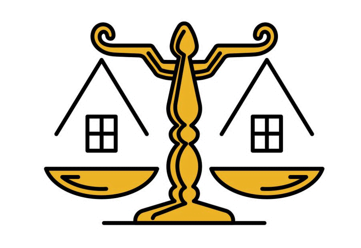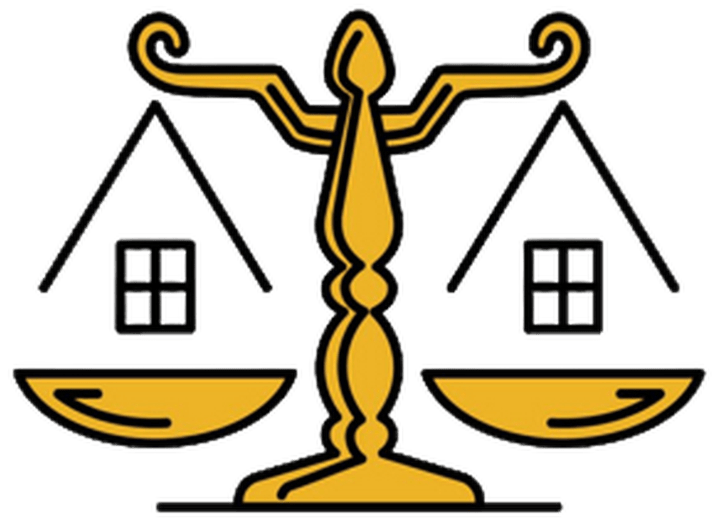BANK TRANSFER; HOW TO GET YOUR MONEY BACK AFTER A WRONG BANK TRANSFER IN NIGERIA
INTRODUCTION
In the age of mobile banking transfers, even a small mistake in a bank account number might result in payments being made to the wrong individual instead of the one who was intended to receive them. Many bank customers who regularly transact money find themselves in this unfortunate reality. Well, we’re not perfect. Unfortunately, a mistake involving a money transfer in Nigeria could be a serious one. Mistakes do happen. However, it’s not impossible for a transfer to be reversed by mistake. It is very simple to transfer money to the wrong account if one is not extremely attentive. All it takes to make a mistake is to leave out one number or select the incorrect bank. Both the discomfort and the recovery process can be exhausting. Some people even fail to fully recover from their blunders. Sometimes, reversing a transfer in the incorrect direction can save your life.
When seeking to retrieve wrong bank transfer, time is of the essence because if the incorrect beneficiary withdraws it before action is done, it will be very difficult to do so.
THE RELATIONSHIP THAT EXIST BETWEEN A BANK AND ITS CUSTOMERS
Let us first establish the type of relationship that a bank has with its customers before we can consider how to retrieve the money being paid into the wrong account.
A banker’s and a customer’s relationship is that of a debtor and a creditor. It is the consumer who opens an account with the bank and deposits funds into it. A banker’s profession entails receiving money and treating it as if it were his own, making him liable to the person who lent or placed it with him. One of the provisions of the implied contract between a banker and a customer is that any money lent to the bank is not due until the customer who paid it in makes a demand for it.
Therefore, the bank can only release funds held in its custody upon the request of the customer who made the deposit. If a customer mistakenly authorizes a bank to pay funds via an electronic transfer, a cheque written out by a bank teller, or over the counter, the bank is not responsible for carrying out such transactions.
As stated in section 61 of the Banks and Other Financial Institutions Decree No. 25 of 1991, “banking business” refers to the activity of accepting deposits on current accounts, savings accounts, or other comparable accounts, as well as the payment or collection of client checks that have been drawn on or paid into accounts. As a result, in this type of company, the bank does not unilaterally lend money to another client without the depositor’s consent.
HOW TO PROVE MONEY PAID INTO A WRONG ACCOUNT
When a customer accidentally deposits money into the wrong account number, it can be proven either by showing the bank teller, a short message service (SMS), email, or notification that the bank has debited the customer’s account for the amount to his credit, along with oral testimony from the person who actually made the payment, or by producing a receipt from the bank that clearly states that it has received the payments. See the case of Aeroflot v. U.B.A. Ltd. (1986), 3 NWLR (Pt. 188 at 190.
The burden of proof rests with the account holder to demonstrate through credible evidence that he made the alleged payments into the bank and that the payments were acknowledged by the bank when there is a dispute in court regarding whether or not the stamp and initials on a bank’s payment counterfoil constitute evidence of receipts of the amount paid into a bank account. The onus is on the bank to demonstrate what it actually received in cases where there is any shortfall between the amount shown on the counterfoil and the amount the bank actually received. Consider the U.B.A. Plc case as well. Daniel Holdings Limited v.
STEPS ON HOW TO RECOVER YOUR MONEY
- GET IN TOUCH WITH YOUR BANK
- You instantly get in touch with your bank. If you are familiar with your account officer, make a distress call to them as well, outlining your predicament and providing the necessary information (wrong beneficiary, date, time, amount, bank, source account).
- YOUR BANK WILL GET IN TOUCH THE BENEFICIARY BANK
- Upon receiving your complaint, your bank immediately contacts the beneficiary’s bank and relays the transaction’s specifics.
- BENEFICIARY BANK PLACES A LIEN
- When the beneficiary’s bank receives the letter or phone call from your bank, it posts a LIEN for the specified sum on the beneficiary’s account. (Since putting a hold on something constitutes a lien, the lien amount is the amount that the bank has frozen and on which the beneficiary is not permitted to draw money.)
- BENEFICIAL BANK CONTACT THE HIM/HER
- The beneficiary bank gets in touch with the recipient and requests a letter of authorization so it can cancel the incorrect credit to the sender.
- When the bank is unable to help the customer recover money that was accidentally transferred to the wrong account, the customer must meet with an attorney who will assist him in filing a lawsuit against the customer’s bank and the third party whose name and bank account the money was accidentally transferred to.
- In order to issue an order directing the return of the indicated amount of money that was inadvertently placed into the wrong account, the court will need to consider the evidence that the applicant has presented. If the court orders that the money be returned to the customer, the lawyer who represented the customer is required to apply to the court that issued the order, obtain a certified true copy of the court order, and serve the document on the bank, which will then follow the instructions in the court order.In conclusion, it is crucial to be always careful when making your transfers to avoid unnecessary troubles.
NB: This article is not a legal advice, and under no circumstance should you take it as such. All information provided are for general purpose only. For information, please contact chamanlawfirm@gmail.com
WRITTEN BY CHAMAN LAW FIRM TEAM
EMAIL: chamanlawfirm@gmail.com
TEL: 08065553671, 08024230080


